Nanna Katrine Luders Kaalund - Explorations in the Icy North
Here you can read online Nanna Katrine Luders Kaalund - Explorations in the Icy North full text of the book (entire story) in english for free. Download pdf and epub, get meaning, cover and reviews about this ebook. year: 2021, publisher: University of Pittsburgh Press, genre: Romance novel. Description of the work, (preface) as well as reviews are available. Best literature library LitArk.com created for fans of good reading and offers a wide selection of genres:
Romance novel
Science fiction
Adventure
Detective
Science
History
Home and family
Prose
Art
Politics
Computer
Non-fiction
Religion
Business
Children
Humor
Choose a favorite category and find really read worthwhile books. Enjoy immersion in the world of imagination, feel the emotions of the characters or learn something new for yourself, make an fascinating discovery.
- Book:Explorations in the Icy North
- Author:
- Publisher:University of Pittsburgh Press
- Genre:
- Year:2021
- Rating:3 / 5
- Favourites:Add to favourites
- Your mark:
- 60
- 1
- 2
- 3
- 4
- 5
Explorations in the Icy North: summary, description and annotation
We offer to read an annotation, description, summary or preface (depends on what the author of the book "Explorations in the Icy North" wrote himself). If you haven't found the necessary information about the book — write in the comments, we will try to find it.
Explorations in the Icy North — read online for free the complete book (whole text) full work
Below is the text of the book, divided by pages. System saving the place of the last page read, allows you to conveniently read the book "Explorations in the Icy North" online for free, without having to search again every time where you left off. Put a bookmark, and you can go to the page where you finished reading at any time.
Font size:
Interval:
Bookmark:

SCIENCE AND CULTURE IN THE NINETEENTH CENTURY
Bernard Lightman, Editor
Published by the University of Pittsburgh Press, Pittsburgh, Pa., 15260
Copyright 2021, University of Pittsburgh Press
All rights reserved
Manufactured in the United States of America
Printed on acid-free paper
10 9 8 7 6 5 4 3 2 1
Cataloging-in-Publication data is available from the Library of Congress
ISBN 13: 978-0-8229-4659-5
ISBN 10: 0-8229-4659-9
Cover art: Cover image to sheet music for G. Jervis Rubinis The Artic Waltzes, 1876.
Cover design: Alex Wolfe
ISBN-13: 978-0-8229-8805-2 (electronic)
This is for my son Magnus, who makes every day better.
The journey from initial idea to published book would not have been possible without the help, support, and advice of several people. First and foremost, I am indebted to Bernie Lightman for his continuing guidance and encouragement, both academically and personally. I could not have wished for a better mentor than Bernie. I would also like to thank wholeheartedly the wider academic community at York University, Toronto. The PhD program in science and technology studies at York University was a wonderful place for developing my research and building friendships. I am very thankful to Colin Coates and Ernst Hamm, and to Deborah Neill, Katharine Anderson, Aryn Martin, Alexandra Rutherford, James Elwick, and Adrian Shubert. I am also indebted to Janet Browne for fantastic feedback and support. The importance of their guidance during the process of writing this book cannot be overstated. I received funding from the Ontario Graduate Scholarship scheme to support my doctoral studies, for which I am very grateful.
My second academic home is in Leeds, where I first became interested in nineteenth-century history of science during my MA. The Centre for History and Philosophy of Science made the (perhaps questionable) decision of hiring me as a lecturer in the history of science communication after I completed my PhD, and I loved every second of working there. I am particularly thankful to Jonathan Topham and Graeme Gooday, who, although they have known me since I was an MA student, have continued to be wonderfully supportive friends and mentors. I am also thankful to the wider research community at Leeds, including Jamie Stark, Adrian Wilson, Greg Radick, Becky Bowd, Thomas Brouwer, Liz Bruton, and Helen Steward.
I researched and wrote much of this book at the Scott Polar Research Institute in Cambridge. I am very thankful to Michael Bravo and Richard Powell, for their support and advice at different points during the journey of completing this book. The Scott Polar Research Institute is a wonderful place to work, and I am fortunate to have had access to the Polar Library and the Thomas H. Manning Polar Archives. My eternal gratitude extends to Naomi Boneham, Laura Ibbett,Frances Marsh, and Peter Lund for their help with accessing the library and archive, and for their insights into polar history.
My thanks also extend to the University of Pittsburgh Press, in particular to Abby Collier. Abby is a truly incredible editor and has made the process of finishing this book very enjoyable. I am also indebted to the insightful comments of the two anonymous reviewers. Their suggestions strengthened the book immensely, and I hope they are as pleased with the final result as I am.
Finally, I am thankful to my friends and family. Throughout the years, many people have helped and supported me, and made it possible for me to both start and finish this project. I am lucky to have the continued friendships of Sara Kvist, Geoff Belknap, Helen Coskeran, Jon Livingstone-Banks, Michaela Livingstone-Banks, Sidsel Wittendorff Srensen, and Christie Busich. I am very grateful to my family, in particular my parents and siblings, for believing in me and supporting me in my travels from Denmark to England, before going to Canada, and then back to England again. Finally, I would like to thank my husband, Efram Sera-Shriar, without whom none of this would have been possible.
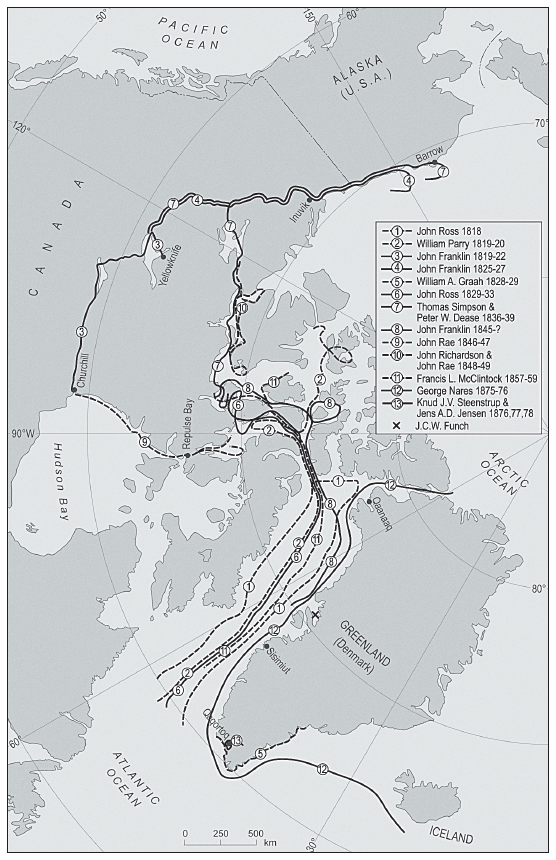
FIGURE I.1. Map showing the approximate routes taken by the main expeditions discussed in the following four chapters. The map was kindly produced for this book by Philip Stickler, Department of Geography, University of Cambridge.
By the copious details they [expedition narratives] embrace, in every branch of astronomical and nautical science, of geography, meteorology, and other physical researchers,the charts and prints by which they are illustratedthey are made highly valuable to the man of science and taste, and well adapted for public libraries.
John Barrow, Voyages of Discovery and Research within the Arctic Regions, 1846
What was the purpose of Arctic exploration, and why publish accounts of the voyages? These were the critical questions the second secretary to the British Admiralty John Barrow (17641848) sought to address in his book Voyages of Discovery and Research within the Arctic Regions (1846). Barrow had been a key advocate of British governmentfunded Arctic exploratory voyages over the previous four decades, and though none had succeeded in finding the fabled Northwest Passage, his book was a passionate argument for the importance of Arctic exploration. The many past Arctic expeditions may not have found a trading route to the Pacific, but landscapes, Barrow argued, must be traced as geographical surveying cannot be conjectured. Further to geographical discovery, Barrow wrote, the acquisition of knowledge is the groundwork for the instructions given to the explorers, directing them to undertake constant observations for the advancement of every branch of science. These results were published in scientific journals, but another genre arguably reached a broader audience: travel literature.
In the nineteenth century travel literature served multiple purposes and therefore had multiple audiences. It was an important evidentiary resource for many scientific disciplines, and it was one of the primary sources through which diverse groups of readers could learn about parts of the world they would never visit themselves. It was a popular genre, one that spoke of distant lands, strange animals and plants, and unfamiliar, exotic cultures. They were intended to be captivating accounts, typically of heroism in the face of danger in unknown regions, and the diary format used in most narratives invited the reader to join in the discoveries. While the decision was often taken to place the majority of the scientific measurements and observations in appendixes to the narratives, the day-to-day format of the main body of the text included descriptions of scientific investigations as well as the experiences of the explorers. In fact, Barrow argued that this feature of Arctic narratives was problematic, as it contributed to the high cost and extensive length of the books. It was also problematic in subtler ways. The multiple functions of the travel writing format posed unique challenges to the authors. The diary format suggested that this was an unedited and direct account of the Arctic; so when individual aspects of the geographical, scientific, and experiential parts of a narrative were questioned, it had the potential to delegitimize not only the results, but the explorer as well. It was never a given that narratives were accepted as a true account of the Arctic. Their veracity was linked to the author, as well as to the surrounding circumstances of the expedition and the textual strategies employed within them. This book concerns this process and asks questions about how explorers constructed the Arctic, their scientific practices, and themselves in their travel narratives.
Font size:
Interval:
Bookmark:
Similar books «Explorations in the Icy North»
Look at similar books to Explorations in the Icy North. We have selected literature similar in name and meaning in the hope of providing readers with more options to find new, interesting, not yet read works.
Discussion, reviews of the book Explorations in the Icy North and just readers' own opinions. Leave your comments, write what you think about the work, its meaning or the main characters. Specify what exactly you liked and what you didn't like, and why you think so.

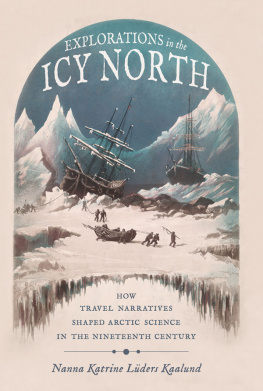



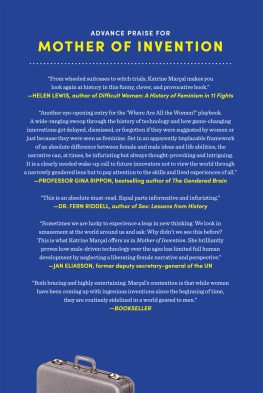
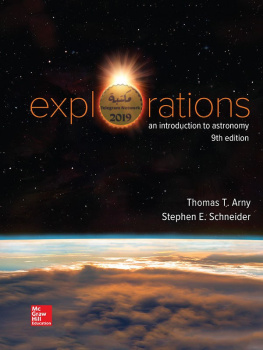

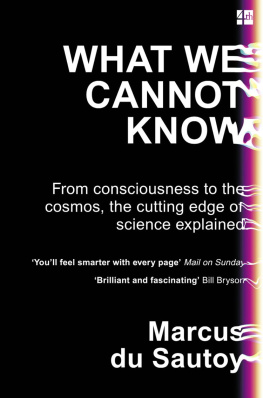
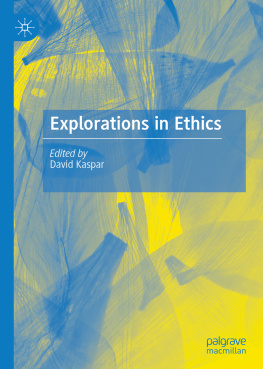
![Thomas T. Arny - Explorations: Introduction to Astronomy [9 ed.]](/uploads/posts/book/143658/thumbs/thomas-t-arny-explorations-introduction-to.jpg)
